The third Test in the India-West Indies series has a been a throwback Test match of sorts. The selection of both sides in this game has reflected a philosophy more akin to a former generation, than the present times: India picking a full complement of bowlers, including two spinners – bucking the modern trend of having six batsmen, plus a batsman/keeper and four bowlers – and as a consequence batting an all-rounder, Ravichandran Ashwin, at number six, who’s not believed to be a front-line batter. How wrong that perception has proved to be!
West Indies also reverted to a game-plan of old – in their case, the tried and tested (and testing) proposition of four fast bowlers – but still finding room for a genuine fifth bowler to ease the quickies’ workload.
The West Indies selectors faltered in the first Test by trying to bolster their side by making three of their nominated bowlers all-rounders: the depth in batting and weight of runs from numbers six to nine in the order did not materialize, and the attack force was incapable of bowling India out even once, let alone twice.
Much the same was true in the second Test, despite the inclusion of a proper pace-bowler in place of one of the seam-bowling all-rounders, but the outcome, if not the ultimate match result, was much the same: West Indies were only capable of taking nine Indian wickets in Kingston, up by one on their tally in Antigua.
But the move of bringing in the exciting young Antiguan pace bowler Alzarri Joseph gave the West Indies attack in this third Test a cutting edge that put the opposition on the back foot, having to repel a quartet of genuinely aggressive quicks. And already, the West Indies attack has accomplished one feat: it managed to bowl India out.
India’s 353 may yet prove to be a match-winning total – and for that Virat Kohli’s team is almost entirely indebted to a mammoth, sixth wicket stand between Ashwin and wicket-keeper Wriddhiman Saha.
While the West Indies quick bowlers had been productive, piercing and to the point early on, the batting pair blunted the opposition pencil and resisted them for a monumental 72.2 overs – adding 213 runs in the process.
Ashwin completed his second century of the series, proving his worth and absolute right to the number six berth; while Saha achieved his first century in Test cricket – and indicated that he may have some of the skill needed to fill the slot of a number seven batsman/gloveman, of an illustrious predecessor.
Either side of this prodigious and prestigious stand, India made 126-5 and 14-5. After the best part of a day trying to prise apart the pair, the West Indies knocked over the remainder like dominoes. But spare a thought for Ravindra Jadeja – a man with three triple centuries in first-class cricket and an average of 44, he may have thought he ought to be batting at six, or at least seven – instead, he was made to wait to bat for almost the lifespan of a new ball; and then managed to add only six runs.
Make no mistake, this was tireless, superb Test batting by Ashwin and Saha. A partnership of zero may have seen India bowled out for 140 – instead, they are well-placed with a very workable total on the board that may be enough to ensure victory; with the dangling carrot being that victory, both here and in the fourth Test, will see them return to the number one spot in the ICC Test rankings – taking the mace from the Australians after their recent ignominious Test series defeat in Sri Lanka.
Equally, let’s not kid ourselves – for the majority of viewers (especially the neutrals), this has been incredibly boring to watch.
Test cricket is doing a lot of soul-searching at the moment: talk of two-divisions; four-day Tests; day/night Tests, and pink balls; a Test championship – all of which we are told is because Test cricket needs ‘context’. Why? When did it ever previously? And what is so special and different about the times we live in now that it is now a necessity? Do we really need everything in life – and in our sporting diversions – to be clearly marked, placed in a box, and identified as ‘just so’?
This is not the time or place to dig deeper into that discussion – but the reality is that Test matches have been seriously under threat from within its own sport for some time as to its entertainment value. Its fan base has largely deserted it to find faster, more vicarious thrills in Twenty20 matches, and Tests are in danger of losing further appeal and viewers: and it is not helped when the cricket Tests on offer are so insipid.
This is not a criticism of the play and partnership of Ashwin and Saha: they were magnificent and terrific for their team. They were forced into an attrition – a rear-guard – because of the match situation, but were rewarded in only gradual increments because of a variety of factors out of their control – but that could so easily be improved, and controlled: foremost amongst these are over-rates and pitches.
First off, the West Indies over-rate was disgraceful – in the first hour of the match only eleven overs were bowled; in the second twelve. It is not acceptable to watch grown men drift, dilly-dally and saunter between overs, or to see random blokes running onto the field every other over to give someone a swig of energy juice.
Umpires and the ICC really must get a grip, and demand a minimum number of overs per session be achieved, or a run forfeit is incurred. West Indies did manage to bowl all of their overs allocated on day one, but only because Roston Chase and Kraigg Brathwaite were employed to bowl long spells of defensive bowling to batsmen intent on defence. How on Earth is that good for cricket?
Secondly, this pitch in St Lucia quickly became lifeless after the new ball lost its hardness. So, naturally, given the game situation, the batsmen were defensive against bowling that lacked penetration. But what made it worse was that Ashwin and Saha did not generally get full reward when they pierced the field – the outfield was needlessly long.
In West Indies, there is a tendency for outfields to be much longer than in the rest of the cricketing world – if grounds in England, India and Australia are ‘clean shaven’, then the Caribbean outfields have a four-day stubble.
Consequently, shots that beat the infield aren’t rewarded with fours, but with twos or threes. Sometime ago I asked the Head of Sport at the University of West Indies in Barbados (former England batsman Roland Butcher) about this. While neither agreeing or disagreeing, Roland said the feeling in the region was that longer outfields encouraged batsman to focus on collecting all-important ones and twos, rather than aiming for boundaries.
To me, this seemed counter-intuitive; and the evidence of a generation or two of West Indian batting attitudes seems to support this as a fallacy: we’ve had a preponderance of batsmen either aiming big booming boundaries and settling for strolled singles, rather than industrious workmen guiding and scampering two and threes.
Whatever the case, it’s a certainty that Ashwin and Saha’s great partnership suffered both numerically, and in entertainment value because for the most part their batsmanship was under-rewarded. It’s not a great indicator of watchability when of a team total of 353, only 134 runs came in boundaries.
West Indies have made a good, but laboured response – and face the same difficulties India have had to endure. Thus far, 40 of their 107 runs have come in fours. They can be pleased with their progress, but the pitch, and the propensity for rain in the Caribbean in August indicates that even at this early stage the draw is the most likely result.
West Indies may be able to build a first-innings lead, but a score of five hundred would likely take them deep into Saturday, and leave them little enough time to dismiss India for a second time, and cheaply enough time to force a win. The most likely way we’ll see anything other than a draw is if West Indies revert to the sort of batting horror show of recent vintage years, and collapse early on day three.
As a passionate West Indies supporter, I’d prefer to be bored for another three days instead.


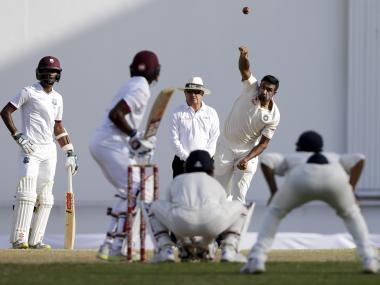)




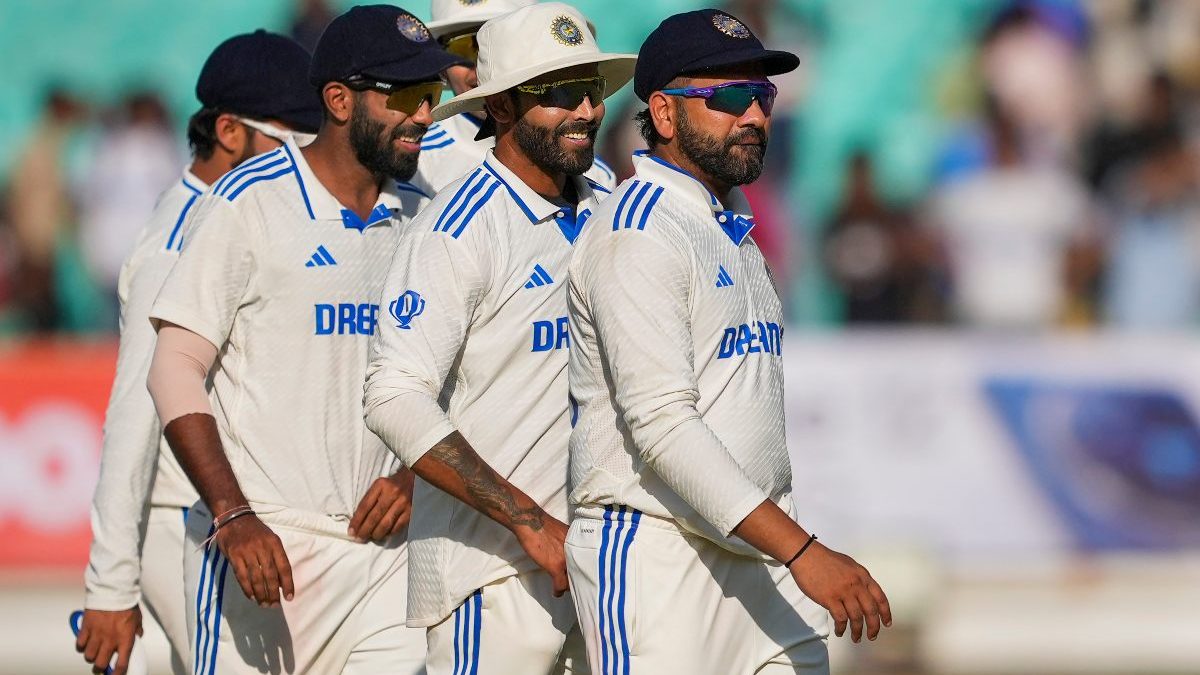)
)
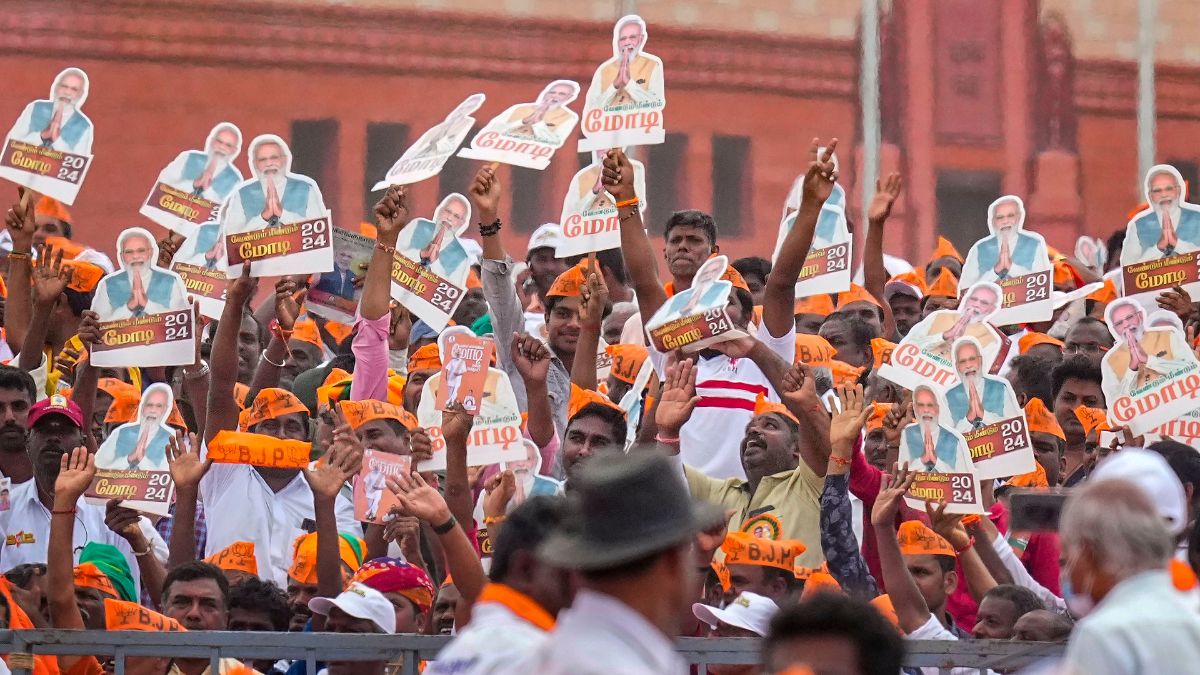)
)
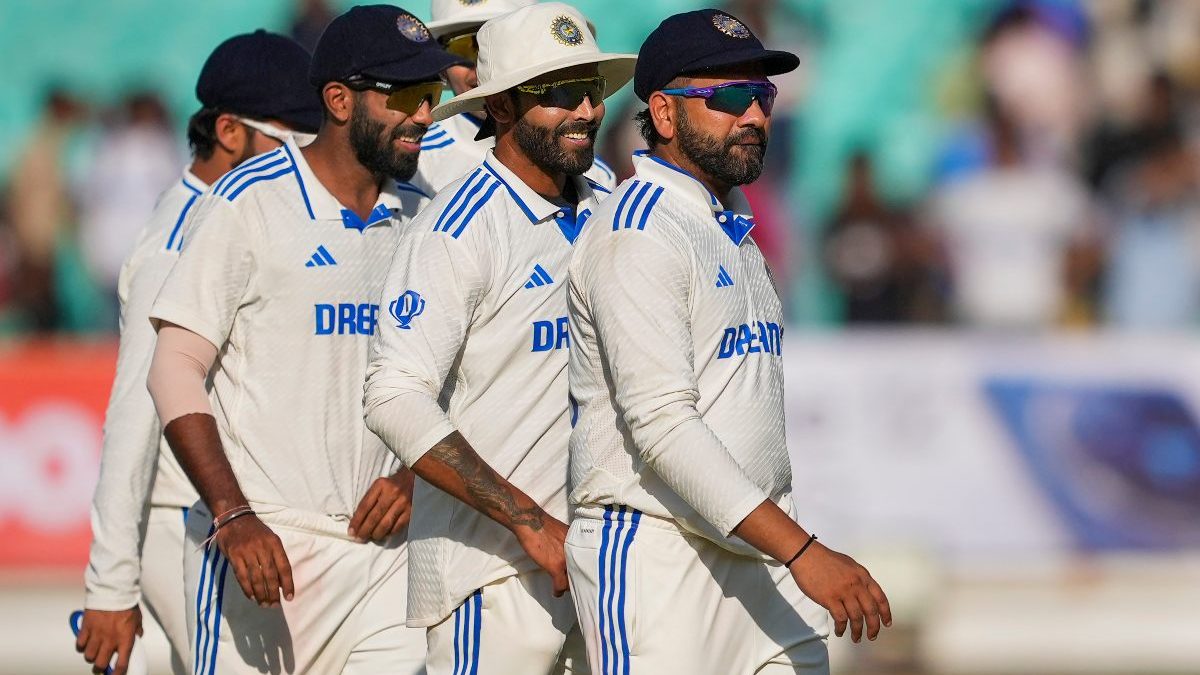)
)
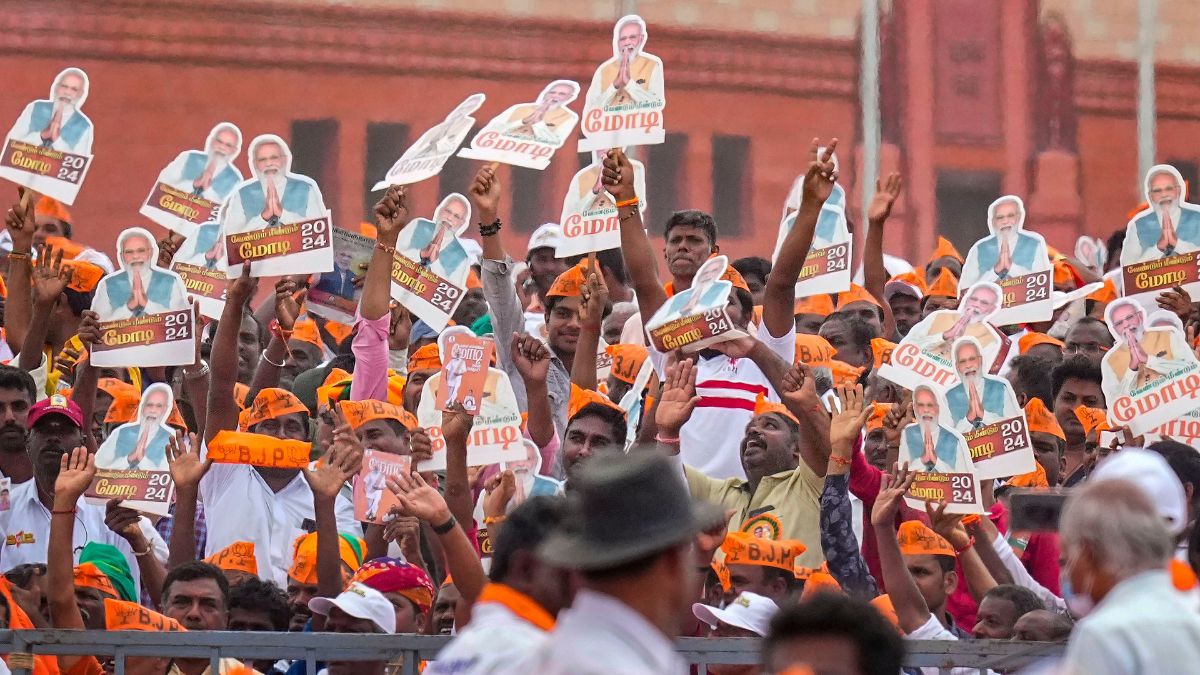)
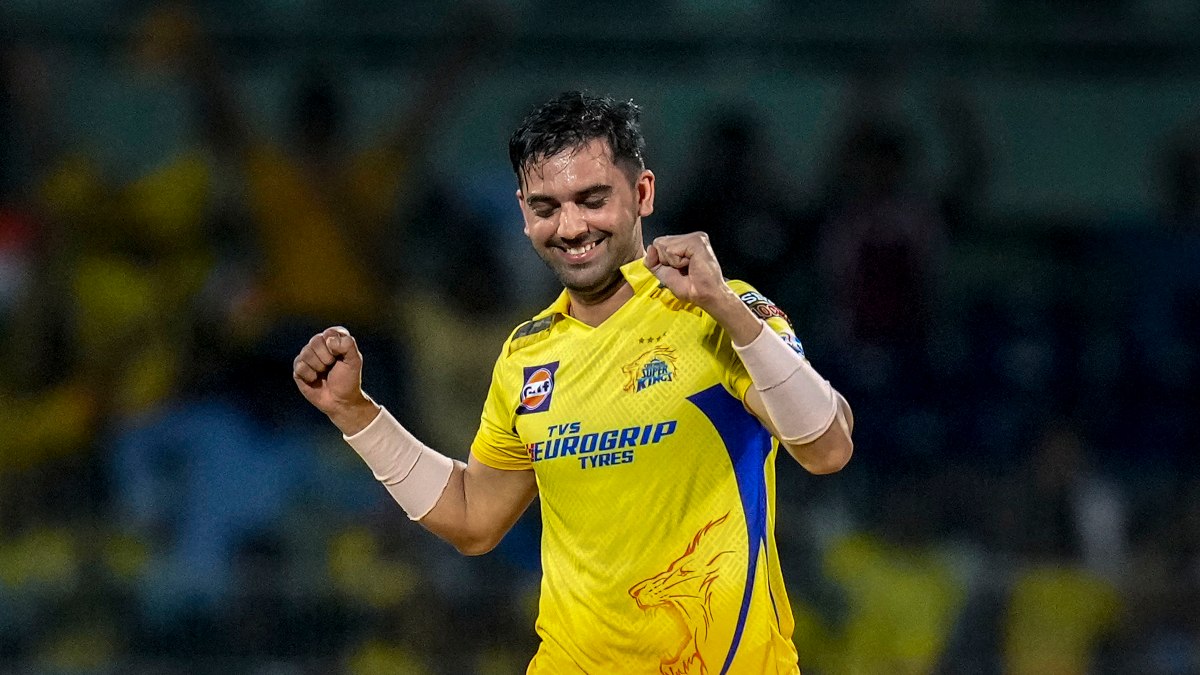)